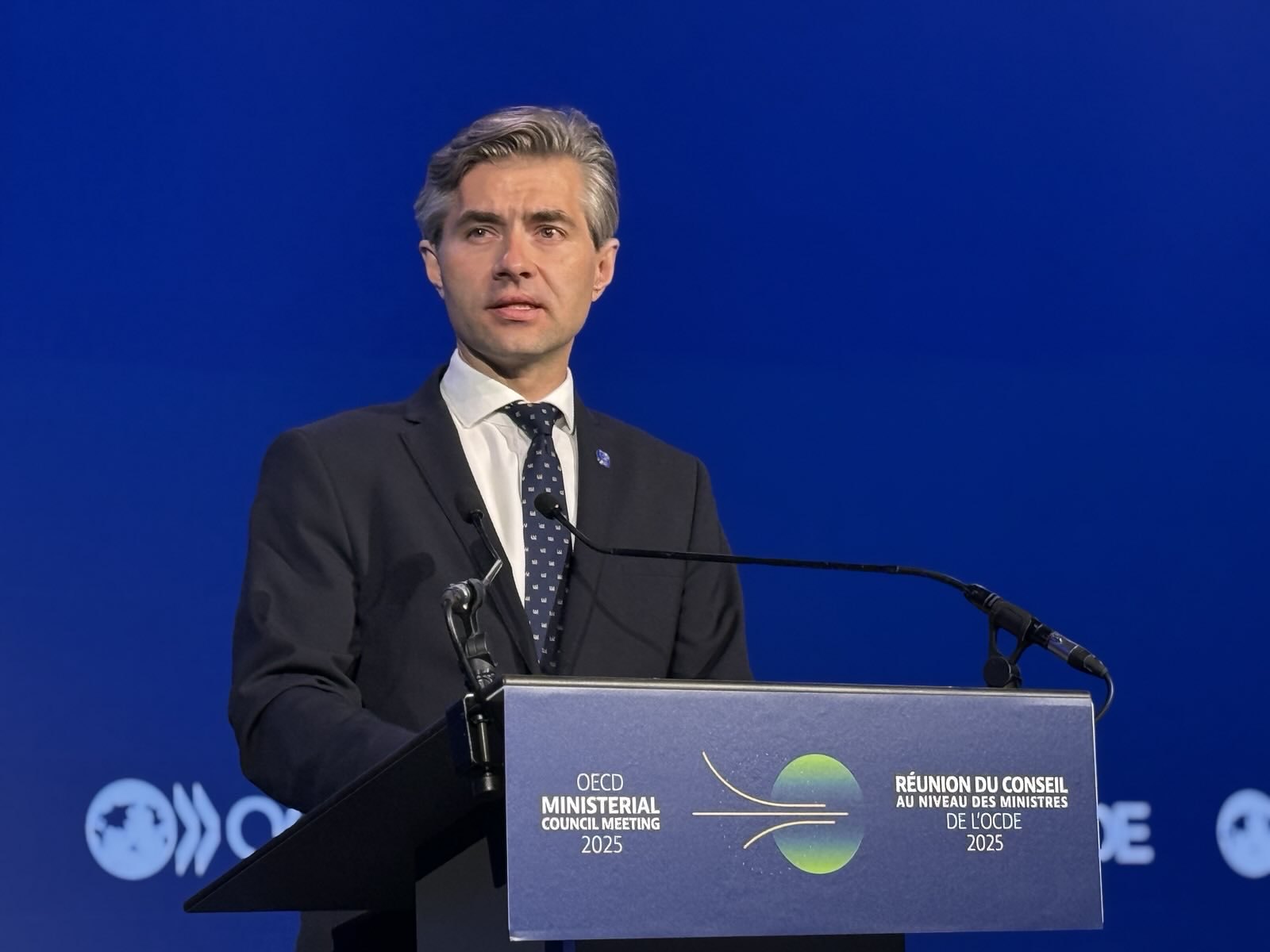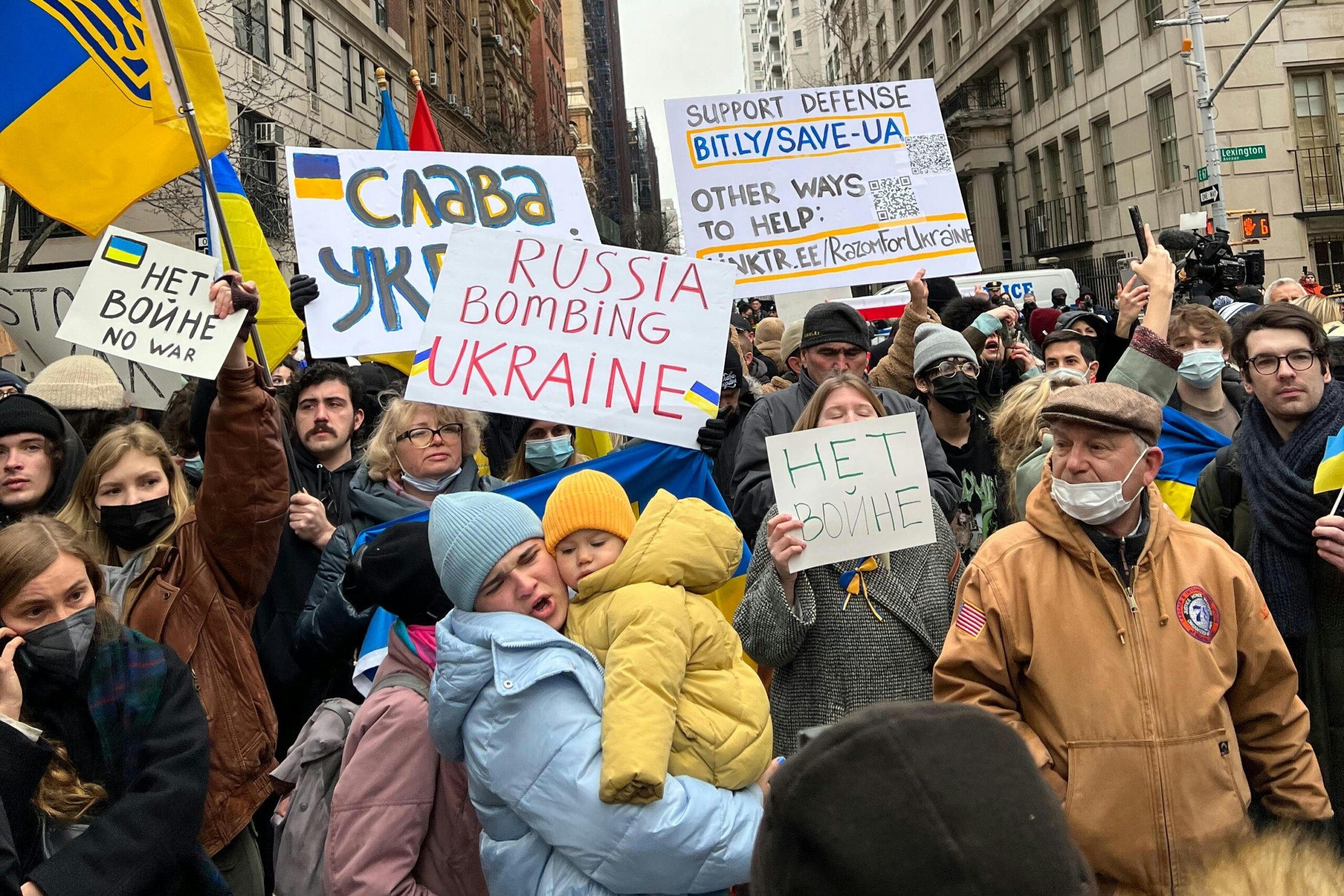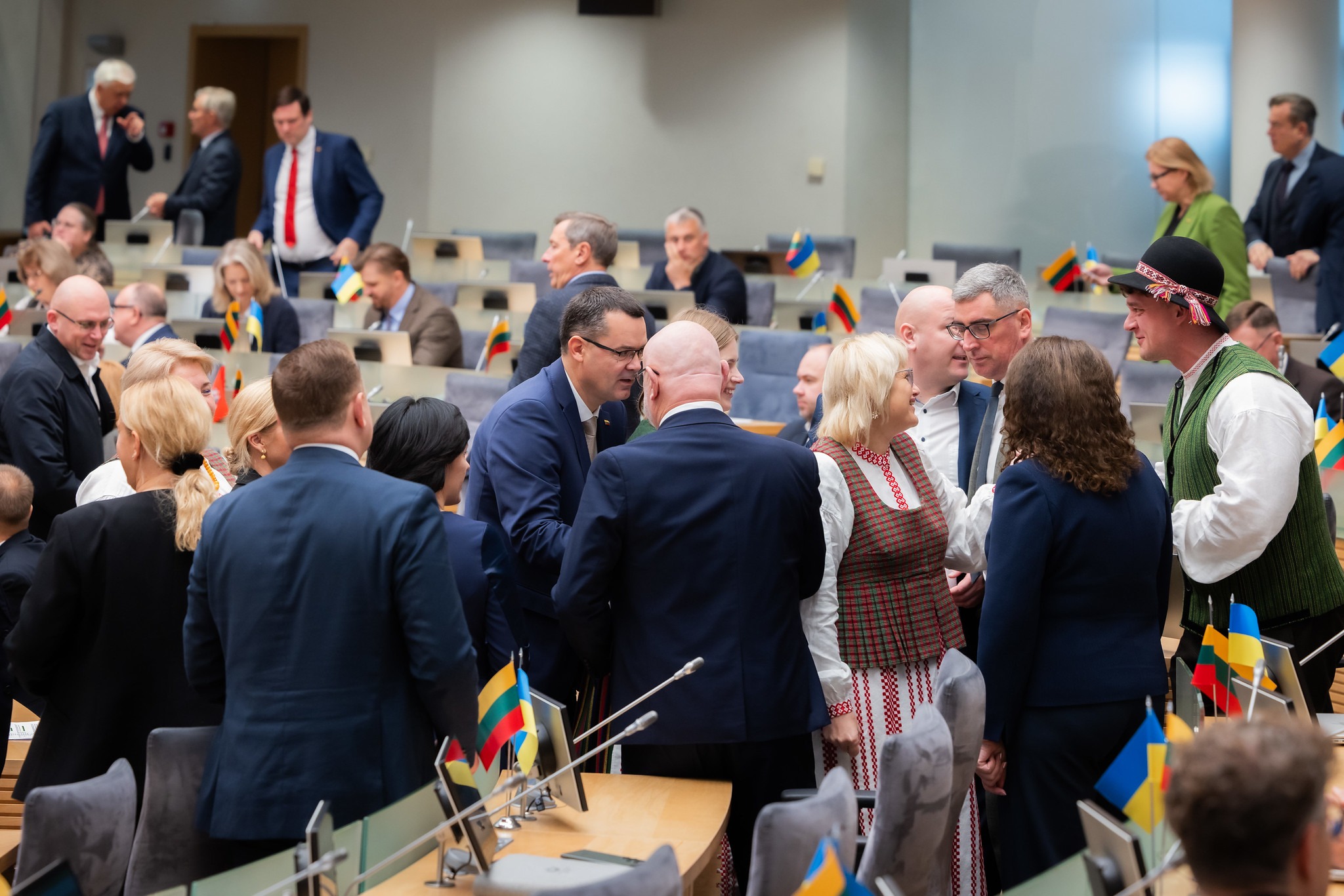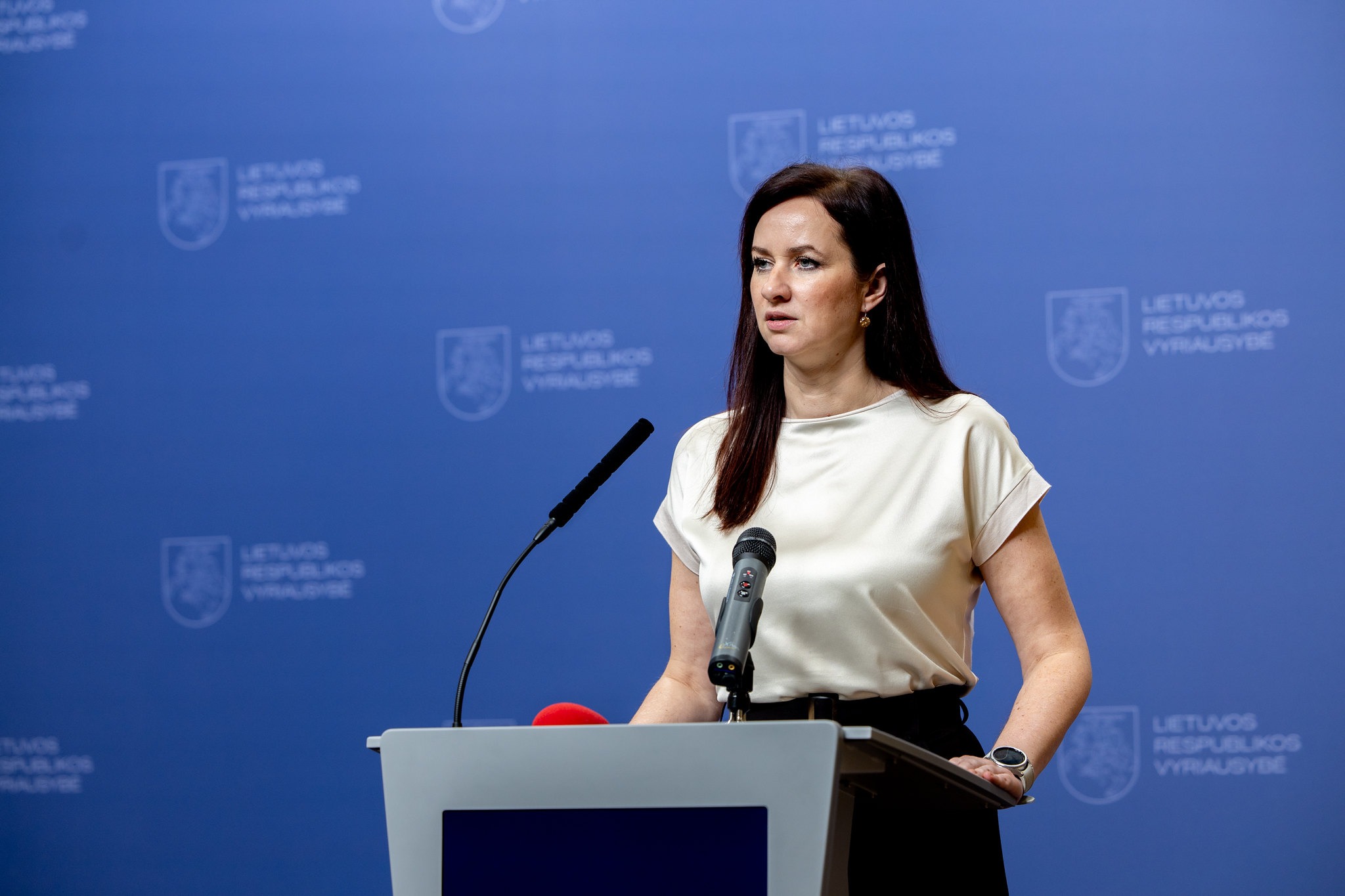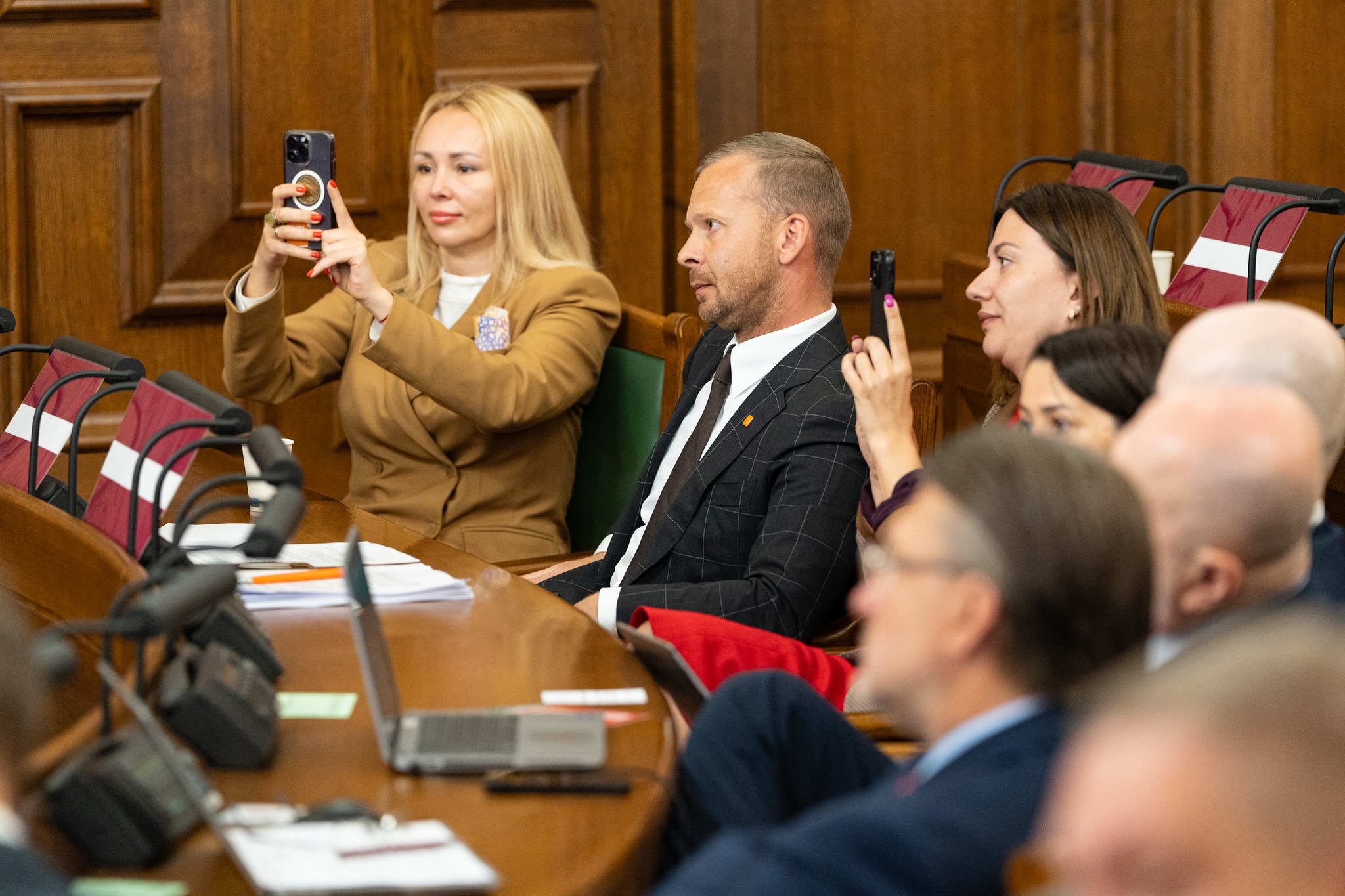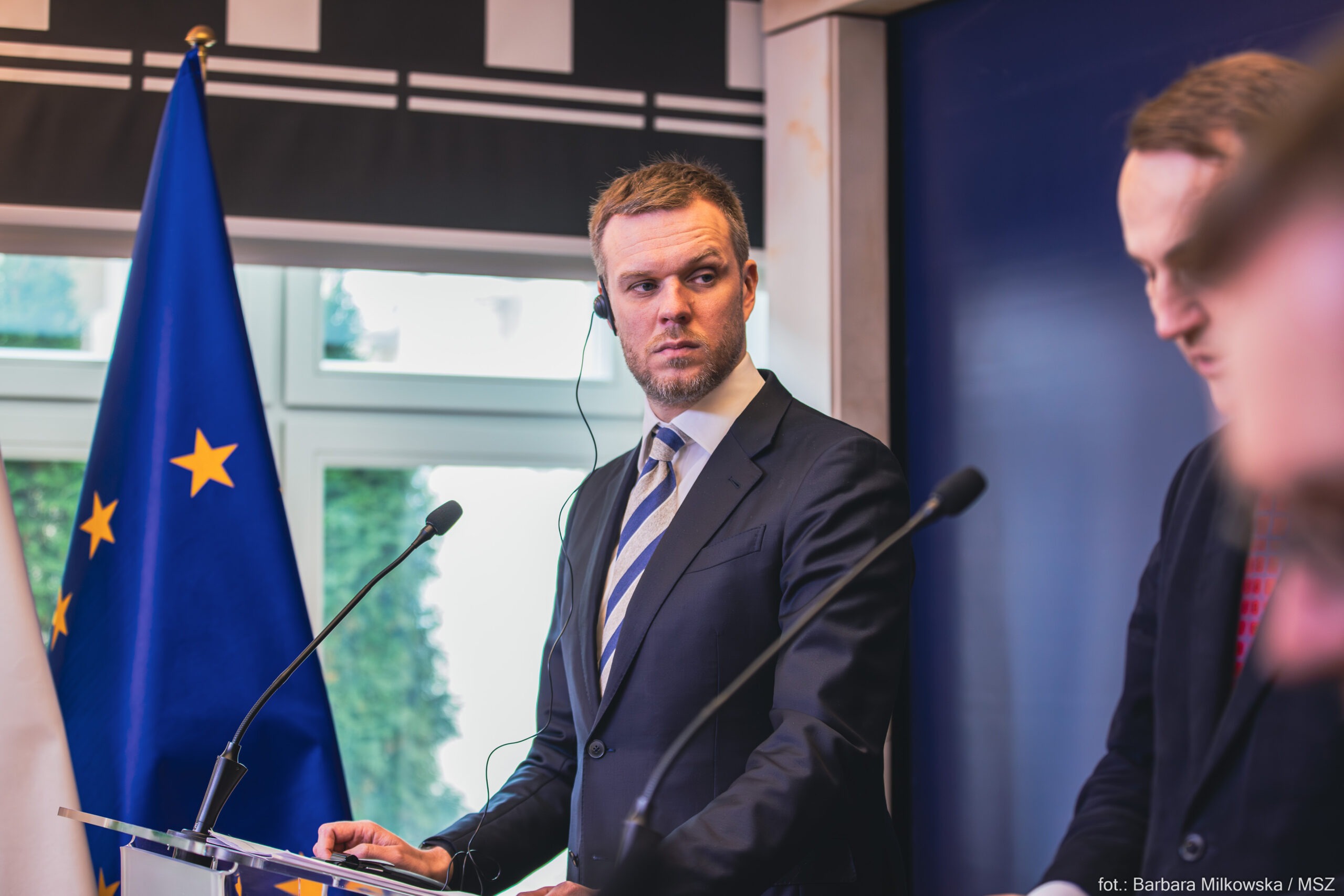
Main narratives:
- The incompetence of the current government
- General anti-government sentiments
- The Conservative Party is to blame for everything bad in the country
Overview:
This week, Kremlin-aligned media in Lithuania intensified their focus on the resignation of already former Culture Minister Ignas Adomavičius, following widespread protests on October 5. The protests, taking place across the country, were organized by cultural and civil society groups opposing his leadership. Malign outlets quickly adopted a narrative that framed specific ministries, including Culture, as “hijacked” and serving narrow interests rather than the public good, thus fueling anti-government sentiment.
Headlines from Kremlin-aligned outlets quickly began framing the protests as the work of a “cultural elite” that was undermining the interests of the Lithuanian people. In their coverage, Kremlin-aligned media depicted the protesters as working “against the state”: the protests were framed not as a legitimate political expression but as a destabilizing force threatening Lithuania’s sovereignty and national unity. They tried to delegitimize the protests and undermine the credibility of all of those involved. A particularly controversial moment occurred during a press conference, when Adomavičius was asked, “Whose Crimea is it?” and did not provide a direct answer. Malign outlets seized on the question as evidence of a wider cultural divide in Lithuania, implying that the government was involved in betraying the country’s national interests.
Additionally, Andrius Tapinas, a key figure in publicly criticizing Adomavičius and supporting the protests, became a target of mockery. His involvement was dismissed as part of an “anti-state” movement, with some outlets even dubbing the protests the “Tapinoid Maidan,” drawing a parallel to Ukraine’s Maidan protests. These developments underscore the ongoing battle over Lithuania’s cultural and political narrative.
